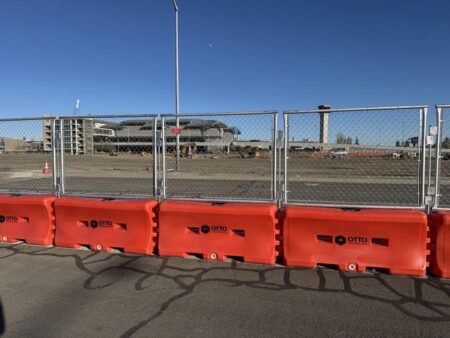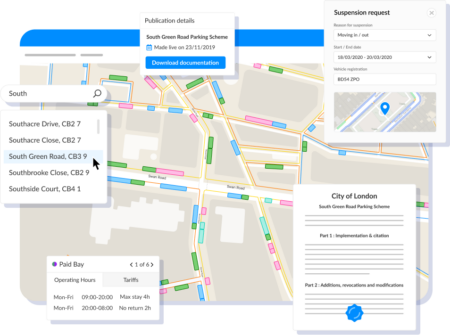With the ever increasing use of cell phones and other electronic devices while driving recognized as a major contributor to crashes on the USA’s roadways, one of the country’s leading suppliers of public safety and automated traffic enforcement equipment is patenting a camera-based system that can enforce distracted driving offenses.
Headquartered in Hanover, Maryland, Brekford Corp has announced that it has filed a provisional patent application with the United States Patent and Trademark Office (USPTO) relating to the automated detection and photo enforcement of distracted driving violations. There are many forms of distracted driving, but text messaging and the use of handheld devices is the most concerning, since it requires visual, manual and cognitive attention from the driver.
According to the National Highway Traffic Safety Administration (NHTSA), 3,179 people were killed in 2014 and an estimated additional 431,000 injured in motor vehicle crashes involving distracted drivers. Police reports reveal that 404 people were killed as a result of cell phone usage; however, this is a difficult figure to assess, as many crashes do not have eyewitnesses to verify such activity. Many states have enacted laws to prohibit texting and/or use of handheld devices, and there is a recognized need to curb or eliminate the behavior.
Brekford’s proprietary technology includes innovative techniques that virtually eliminate windshield glare and enable the recording of clear images of distracted driving violations. Additional features include the detection of a cell phone signal within range of the camera unit, and high-resolution capture of the license plate for identification of the registered vehicle owner. Depending on the legal and operational requirements within a jurisdiction, the driver’s face may be optionally redacted on the printed citation. The system can be mounted to existing municipality infrastructure, such as poles, buildings or signage, and is completely self-sufficient, with wireless communication and solar power. When combined with red light and speed cameras, the company’s V-CapX1 EDD (Electronic Distracted Driving) camera serves to complement photo enforcement programs to capture a broad array of traffic violations, leading to a reduction in vehicle-related fatalities and injuries.
“As a public safety solutions provider first and foremost, our competitive advantage lies in the application of technology to specific voids in the market,” explained Rod Hillman, president and COO of Brekford. “Distracted driving has been a very difficult problem to tackle for law enforcement agencies, as it is difficult to devote resources to randomly search for violators. Aside from officers witnessing infractions during their normal patrols, there has not been an effective method to observe and record these violations as they take place. With the V-CapX1 EDD camera, we believe we have solved this problem, and we will be actively promoting this solution to agencies and public officials throughout the USA and Latin America, starting this year. As States begin to enact laws enabling the use of automated enforcement for distracted driving, we will be prepared to deliver our innovative solution to meet the ensuing demand. With this patent application, we hope to eventually receive a patent grant from the USPTO, which will protect the technology from duplication in the marketplace.”
Scott Rutherford, Brekford’s chief technology officer, commented, “We are continuing to explore innovative methods to enhance traffic safety for thße municipalities we serve. The V-CapX1 EDD photo enforcement camera, when combined with our acclaimed iP360 citation management software platform, provides an additional tool for police departments seeking to improve public safety, without diverting officers from their mission-critical objective of crime prevention. Electronic distracted driving, which typically involves the use of a handheld device for texting, reading email, or making phone calls, has become a major road safety problem for law enforcement agencies. We are pleased to present this new technology to our customers, enabling them to identify, capture and record EDD violations as they occur.”




